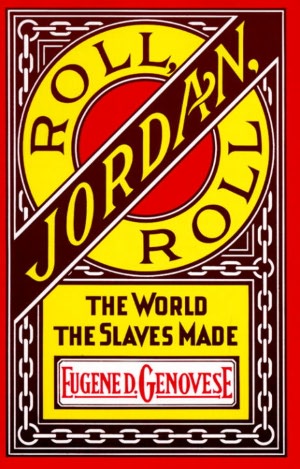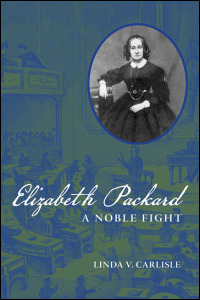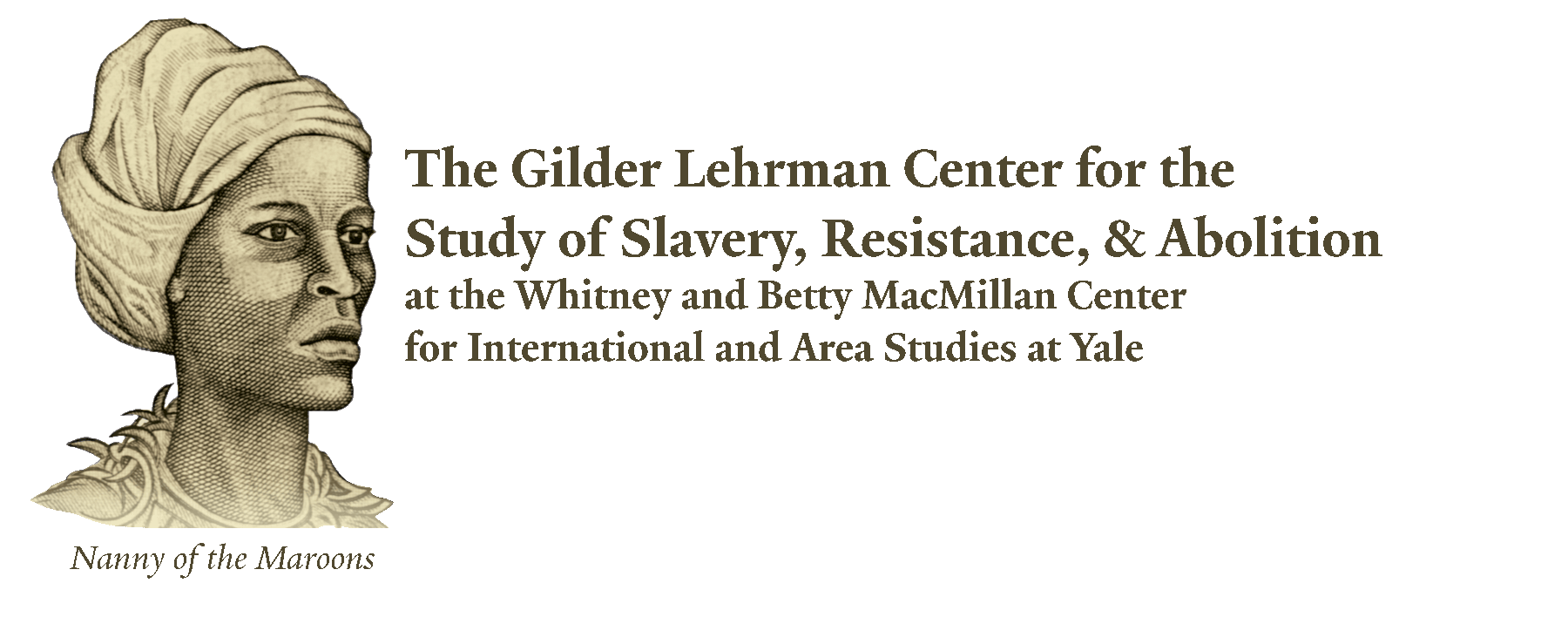[That was the correct response to Monday’s
New York Times/Jeopardy Clue of the Day: “In 1807 Marshall wrote the opinion for U.S. v. This Politician, making standards of evidence for treason.” You should have gotten that one right from
our previous heralding of
R. Kent Newmyer’s just-published book,
The Treason Trial of Aaron Burr. We invited Professor Newmyer to blog about his book and are especially pleased that, in acknowledging the inspiration of
Kathryn Preyer, he testifies to the influence of a scholar whom recent entrants to the field may know only as the namesake of the
ASLH’s Preyer Award.]
Guest post by R. Kent Newmyer, University of Connecticut

In paying tribute to the late Kathryn "Kitty" Preyer, Stan Katz observed that the central focus of her teaching and scholarship was "the role of law in the creation of the American republic, and especially the role of judges in articulating that law."
Blackstone in America: Select Essays of Kathryn Preyer (2009)
What Kitty urged her fellow historians to do was to address the complexities of early national law-making, as American politicians, lawyers and judges reworked the English legal inheritance to fit the unique needs of the new republic. Doctrinal analysis figured in Kitty's scheme, but hardly less important in the law-making process were the personalities and character of the lawmakers, the political culture of the new age, and the role of contingency and chance in history. (On the latter point, see her brilliant essay, The Appointment of Chief Justice Marshall," in
Blackstone in America.)
Kitty did not write about the Burr treason trial, but the trial fits her scenario remarkably well. Certainly chance combined with Burr's own character traits led him to pursue his western schemes, which in turn led President Jefferson to pronounce his former vice-president guilty of treason--this without the benefit of a grand jury indictment or a jury trial. Jefferson's precipitous decision, based largely on the testimony of James Wilkinson, who himself was a co-conspirator with Burr, tells us a lot about Jefferson's character. So also does Jefferson's decision to take personal control of the prosecution in Richmond.

Micromanaging the prosecution, moreover, brought the president face-to-face once again with his old political enemy Chief Justice Marshall who, as fate would have it, was sitting as a trial judge in the federal circuit court in Richmond. The conflict between Jefferson and Marshall gave a political cast to the entire trial, which now involved not just the fate of Aaron Burr and the constitutional meaning of the treason clause in the Constitution, but the meaning of separation of powers as well. Thus was the Burr trial the second act in the Constitution-defining struggle between Marshall and Jefferson--
Marbury v.
Madison being the first. Indeed, before the trial ended, Marshall, Jefferson, and Burr as well became iconic figures in the culture wars of the new nation.
The process of law-making in Richmond, to return to Kitty's model, was complex and convoluted and downright ugly, as l8th century ideas of personal honor and public virtue were refracted through competing visions of the American Revolution as represented by Burr, Jefferson and Marshall. Even the lawyers mixed it up. The unfinished nature of the young nation also comes through loud and clear: thus the constant fear of disunion, which helps explain Jefferson's paranoia regarding Burr; thus the ill-defined borders of the old Southwest, which fuelled Burr's grandiose plan to free Mexico from Spanish rule; thus the audacious scheming of General James Wilkinson, the government's chief witness against Burr, who like Burr scouted the borderlands of the untamed West in search of gold and glory. All this is to argue that the Burr trial tracks the growing pains of the young republic.
As I see it, there are no perfect heroes in this story, although some of the players were considerably less heroic than others. History tended to call the shots, one might say, as chaos bubbled close to the surface throughout the trial. Even so and against the odds, Marshall the conservative jurist succeeded in placing American treason law on a liberal, republican foundation, one that Jefferson should have liked. Marshall did this with the help of several brilliant lawyers, as he himself acknowledged several times during the course of the trial. The lawyers' arguments presented Marshall with the raw materials from which he fashioned his decisions. The courtroom fireworks displayed by these lawyers provided entertainment--and a civic education--for the hundreds who witnessed the trial first hand and for the tens of thousands who read about the trial in their local newspapers across the country. Whether their courtroom performance constituted a transitional moment in the history of American trial advocacy is a question worth pondering.
Marshall may have had help from the lawyers, but the final decisions were his alone, and they reveal an aspect of his judging not apparent in his appellate work as Chief Justice. Marshall made some law, too, but not by legislating from the bench as Jefferson and his friends (and some historians) claimed. Working in the common law interpretive tradition, he succeeded in guaranteeing a fair trial to Aaron Burr, whose life was on the line. In fact, it was in ruling on what evidence a trial jury could hear that Marshall was obliged to clarify the treason provisions in Article III, Section 3 of the Constitution. By standing up to hostile public opinion and threats of impeachment from Jefferson and a Republican Congress, the Chief Justice not only revealed much about his character, but he also struck a decisive blow for judicial independence and the rule of law. These principles are as vitally important now as they were in l807. Not surprisingly, Marshall's opinion in
U.S. v.
Burr, upholding the court's right to subpoena a sitting president, provided the foundation for Chief Justice Warren Burger's opinion for a unanimous court in the famous Watergate case of
U.S. v.
Nixon (1974).
Update, October 1, 2012
Apparently for a limited time those who order the book from Cambridge can save 20 percent by entering the discount code ABURR12 at checkout.
The Early (French) Republic



























